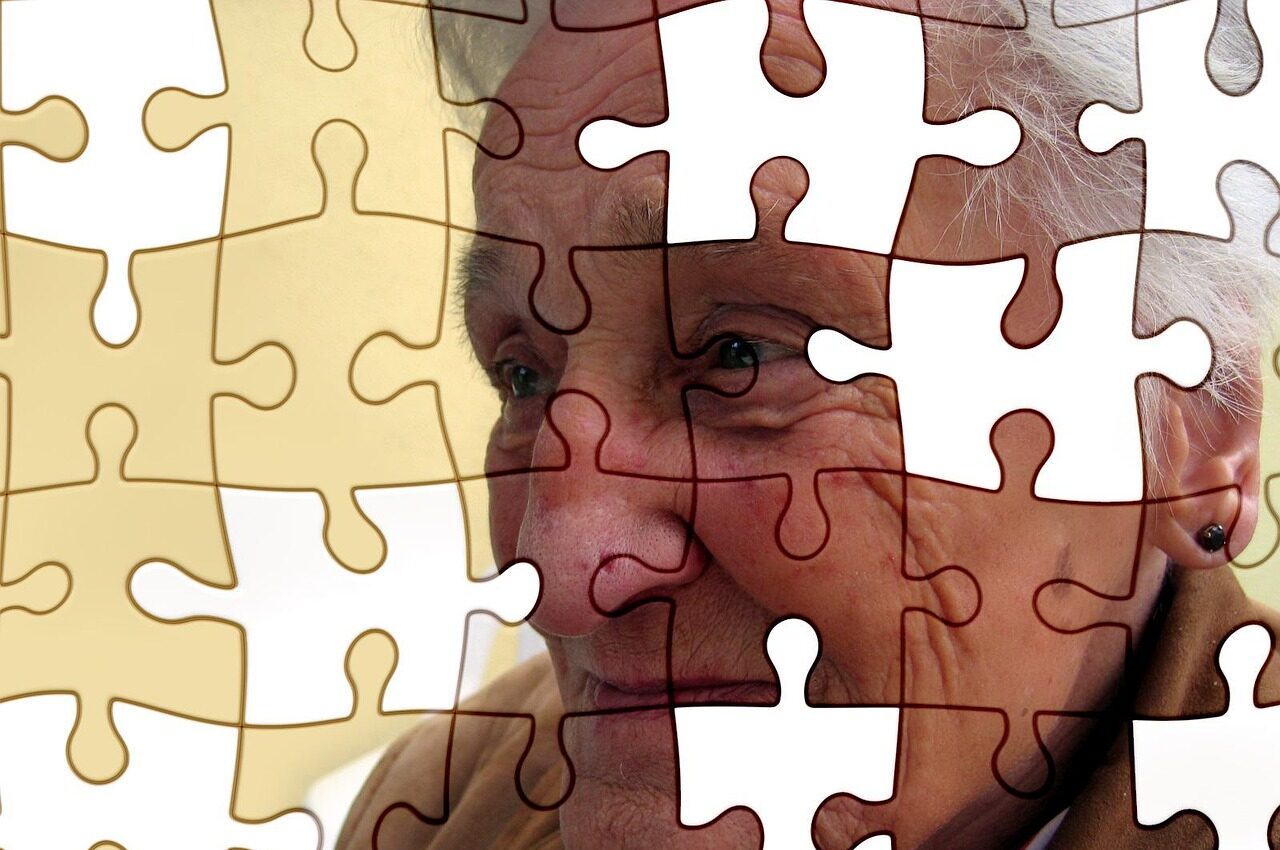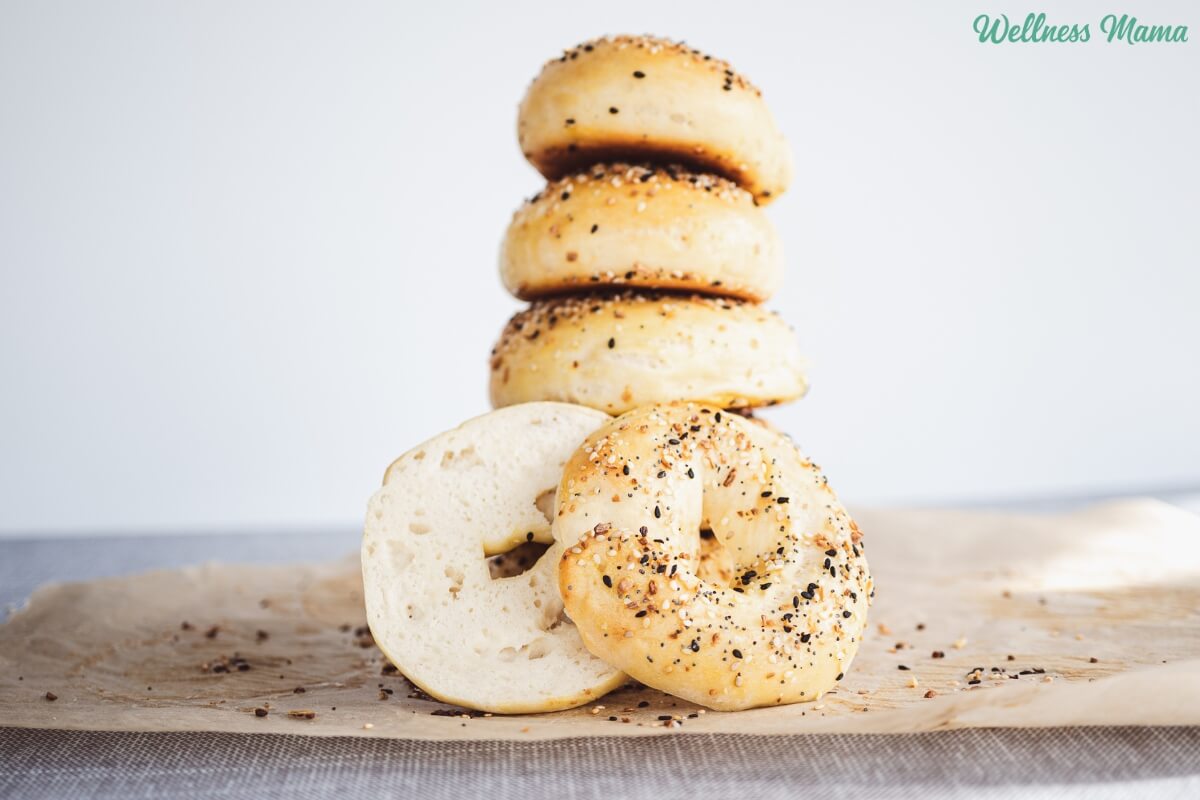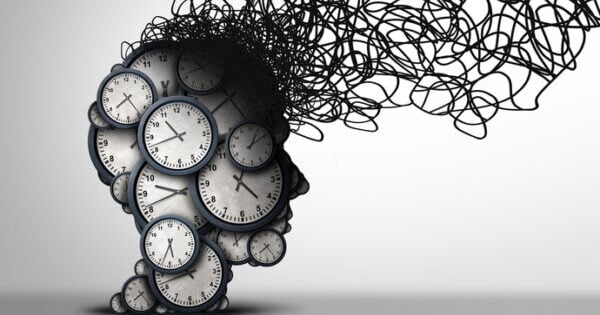There is a paper in Nature, Emerging role of the brain in the homeostatic regulation of energy and glucose metabolism, where the authors wrote, “Experimental evidence suggests that defective metabolic sensing in hypothalamic neurons may lead to dysregulation of glucose homeostasis and diabetes. Highly coordinated interactions between the brain and peripheral metabolic organs are critical for the maintenance of energy and glucose homeostasis. Defective crosstalk between the brain and peripheral organs contributes to the development of obesity and type 2 diabetes.
“Taken together, the brain, especially the hypothalamus and brain stem, modulates pancreatic insulin and glucagon secretion via the parasympathetic and sympathetic efferent nerves that innervate pancreatic α- and β-cells. Information on nutrient availability and stored fat is transferred to specialized neurons in the hypothalamus and brain stem. In the control of the energy balance, outflow pathways from the brain regulate food intake and energy expenditure (thermogenesis or locomotor activity).”
The implication of the hypothalamus and the brain stem in metabolic modulation can be interpreted for the mind as memory. Modulation, regulation or control of internal senses by the brain is done within limits or extents. Limits, amounts, degrees or extents work as knowing—what it is or to do—or memory, which then produces feelings, emotions and reactions.
External senses also follow this pathway: words, images, smell, taste and touch do. It is the mind, conceptually, that drives interpretation of senses—internal or external. When someone is appetitive or when someone is satiated, it is a feeling, but it is also known. Or simply, felt and known, given by the mind.
Commonly, memory is associated with the hippocampus and the cerebral cortex, but wherever knowing is possible in the brain is a memory destination of mind. The brain has several centers, sometimes involved in similar activities. For the mind, they are destinations where properties are obtainable to degrees.
All memory, feeling, emotion, action, perception, reaction and sensation are properties across mind locations. The labels are useful to explain and separate them, but the mechanism of their actions in the mind is the same.
Depression, anxiety, craving, thirst, anger, sleep, heat, cold, interest, haste, hate, weakness, liveliness, pleasure, and others are properties across the mind. It is the properties acquired—by quantities—that decide experiences.
The cells and molecules of the brain can be said to build, structure, construct or organize the components of mind. Hormones, neurotransmitters, nerve cells and others involved in internal processes, submit to the architecture of mind.
Conceptually, it is the mind that gives appetite. It is not the lack of food, lack of energy or the sight of food. Those factors may play a role, but ultimately, the experience is presented by the property and its degree. It is the mind that also gives satiation. It may correspond with intake volume or not, but the mind does.
There are prioritized and pre-prioritized quantities on the mind determining access, but even with thorough access from a prioritized quantity to start or stop say running, breathing, swallowing, and so forth, there is limit for say blood glucose increase or decrease.
Though it is sometimes possible to think of food and seek it, appetite or its variants, like cravings, promptings or interest, may not also be by control. This lack of control of certain internal senses made medications including Ozempic, Wegovy and Mounjaro find broad application.
Aside from their key GLP-1 simulation for digestion and glucose, they also plug appetite and level satiation which by interpretation of the pathway of mind, could be a thick property or bounce point where one specific thing comes before the next.
How does the mind determine satiation or appetite? How much of food is necessary, given that certain amounts can make an individual gain weight? What is the difference between the necessity of food for energy and its pertinence to pleasure?
The map of the mind, conceptually, in structure, function and with components would be useful in understanding its basic processes, including on how to effect control. In the mind, properties have a principal spot where just one goes to have the most domination. This is what carries the most risk for pleasure and reward, including for craving or continuity without heeding consequences.
There are sequences of quantities in the mind, as well as splits. There are also thick and thin properties. Displaying a conceptual mechanism for how the human mind works could be useful for some, against obesity and diabetes, by exploring what might be going on internally and how to make adjustments.
—
iStock image
The post Predictive Coding: Does Ozempic Explain the Human Mind? appeared first on The Good Men Project.
Original Article










